Choosing a washing machine, each customer, without exception, will be attentive and scrupulous in choosing. In particular, it will focus on the model, functionality, warranty period and the like. What else should the consumer know when choosing a washing machine? Actually, no less important is the material from which its most important parts are made. In particular, we are talking about a tank, which can be made of different materials. In this article, we will understand in more detail which material is better for a washing machine tank.
Having learned more information about this part, it will be easier to make a choice, given its characteristics.
Types of tank (drum) of the washing machine
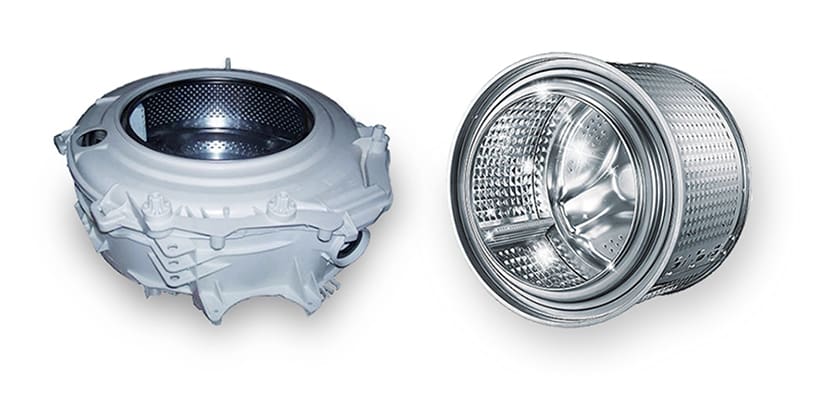
The washing machine tank is one of the important details. In almost all washing machines, its fixation is the same. Fastened with springs and shock absorbers to ensure relative mobility. To reduce vibration, the tank is equipped with concrete counterweights.
Very often, the cause of a malfunction in a washing machine is associated with the failure of this element. This could be:
- Getting into the tank, foreign parts from pockets or items of clothing, which in turn creates a knock and uncharacteristic noise during the movement of the drum.
- Jamming of the work (movement) of the tank due to the ingress of foreign parts.
- Cracks in the tank, which cause leakage, and disable its operation.
There is an opinion that top-loading washing machines are characterized by better tank fastening as opposed to front-loading machines. I just want to dispel such an opinion. The fixation in both types is almost the same.
It is recommended to pay attention to the drum material when choosing a washing machine. This can really be important, because its service life depends on it. In particular, the tub of a washing machine can be made of the following material.
- Metal.
- Plastic.
- Stainless steel.
Considering that during operation the tank is exposed to heavy load, high temperature, pressure, it is important that the material of manufacture is resistant to these factors. Let us consider in more detail the features of each of them, which will help to understand what is the best material for the washing machine tank.
![]() See also - Choosing a good washing machine with a drying function
See also - Choosing a good washing machine with a drying function
Metal tank

Metal, namely steel, which is covered with special enamel. Fully adapted to the washing process, but may not be shock-resistant.
All kinds of blows can damage the enamel, which over time will lead to significant destruction of the protective layer and cause corrosion (rust). Rust into its worms will slowly but surely lead to cracking and the tank will begin to leak. As a result, a tank replacement will be required.
Therefore, not too reliable material for a washing machine tank. Fortunately, they are almost never used in modern models. Therefore, when you have to replace such a tank with a new one, it can be a problem. Since production practically does not produce such units, there are no auxiliary parts for repair and replacement.Most likely, you will not have to repair, but buy a new washing machine.
Plastic tank
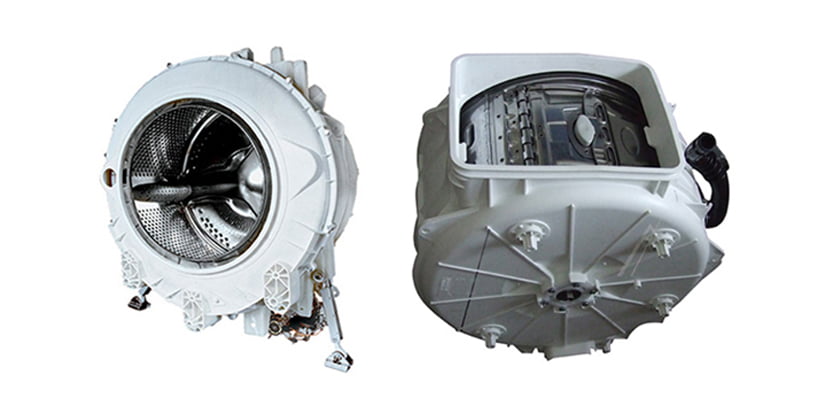
Plastic or polyplex. In principle, manufacturers improve this alloy in different ways, so the name of polymer materials may sound differently. In terms of functionality, it:
- somewhat isolates the noise output when the drum rotates;
- to a certain extent reduce the level of electricity consumption;
- light enough in weight;
- does not leak;
- unlike metal, it does not corrode and is resistant to chemicals;
- optimal price.
Quite durable, but unlike metal, it can be somewhat fragile. Although, manufacturers consider this material to be the most favorable and are constantly improving it. Its modification made the material closest to steel in strength. Different types of plastic have slightly different properties: brittle, more durable. Among the polymeric materials segment, particular preference is given to carborane.
The service life of a plastic tank is approximately up to 30 years, and maybe more. This is several times less than a stainless steel tank could serve, however, in general, an absolutely satisfactory service life.
Stainless steel tank
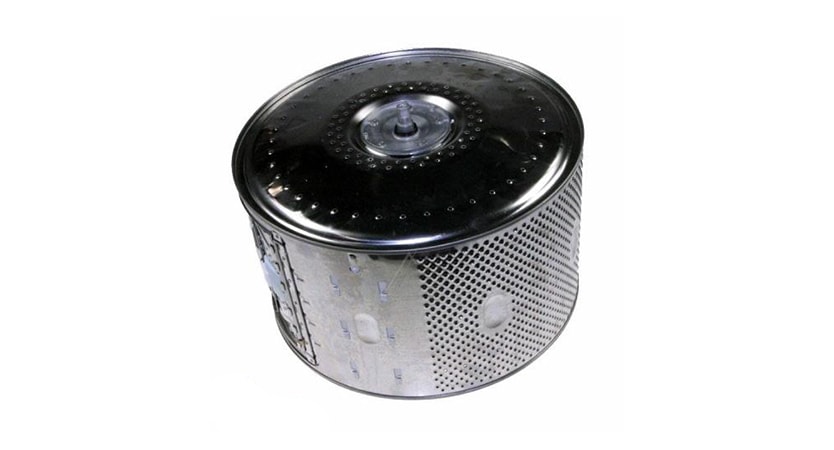
Stainless steel. A common material for making washing machine tanks. It has been used for this purpose for a long time.
- Reacts well to contact with water - does not rust.
- Such a tank has increased strength and resistance to mechanical and chemical damage.
- Service life up to 100 years.
Of the cons
- The weight of a stainless steel tank will be greater than that of plastic, so it produces more noise.
- Low thermal insulation of the metal requires more energy consumption.
- High price.
Provided the washing machine is equipped with such a tank, this is perhaps one of the elements that is able to outlast all other elements of the washing machine in terms of service life. When choosing a washing machine with a stainless steel tank, you should understand the following:
The steel must be of high quality, and the technology of its assembly and brazing is at the highest level. Only under such conditions will the tank really be durable and live up to expectations.
This will immediately affect the price. A washing machine with a stainless steel tank will cost more than, for example, a plastic tank.
Therefore, if you will be offered a washing machine with a stainless steel tank at a cheaper price, then it is probably a low-quality unit and its service life will be short.
Outcome
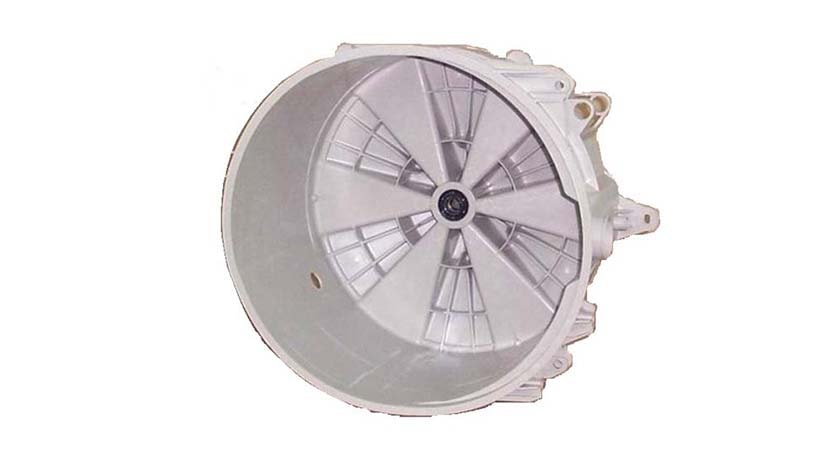
This article expanded on the characteristics of the washing machine tank. As you can see, the material of manufacture is of great importance.
From the above, we can conclude that the most common and optimal type of washing machines are those that are equipped with a plastic drum.
In any case, the expert description will help to objectively assess the price-quality ratio of the offered units. In general, understanding the differences between equipment made from different types of materials, the consumer will be more confident and will be able to choose a product that will serve for a long time and reliably.
See also:
- 10 best Electrolux washing machines according to customer reviews
- 10 best ATLANT washing machines according to customer reviews
- 10 best built-in washing machines
- 10 best washing machines under 15,000 rubles according to customer reviews
- 10 best washing machines under 25,000 rubles according to customer reviews

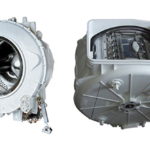
Is the tank made of metal? It turns out that stainless steel is not metal? It is very unfortunate that such a serious website contains an illiterate text.
Good afternoon! Undoubtedly, stainless steel is an alloy of several metals, mainly (chromium and iron). But the article is not about metals, but about the varieties of the washing machine tank. On sale there are washing machines with a tank made of "Stainless steel, Plastic (also metal-plastic) and Enamelled metal".